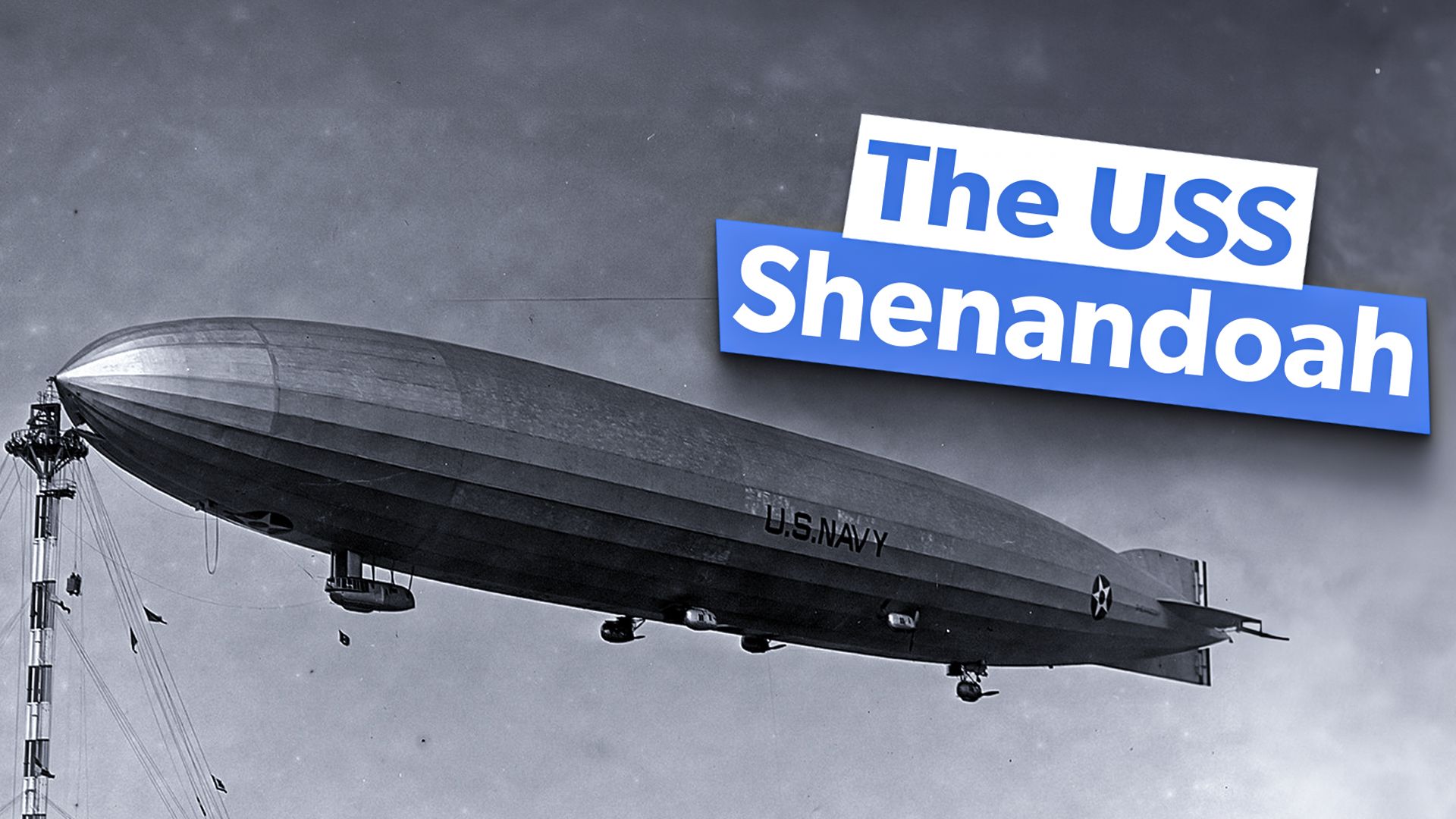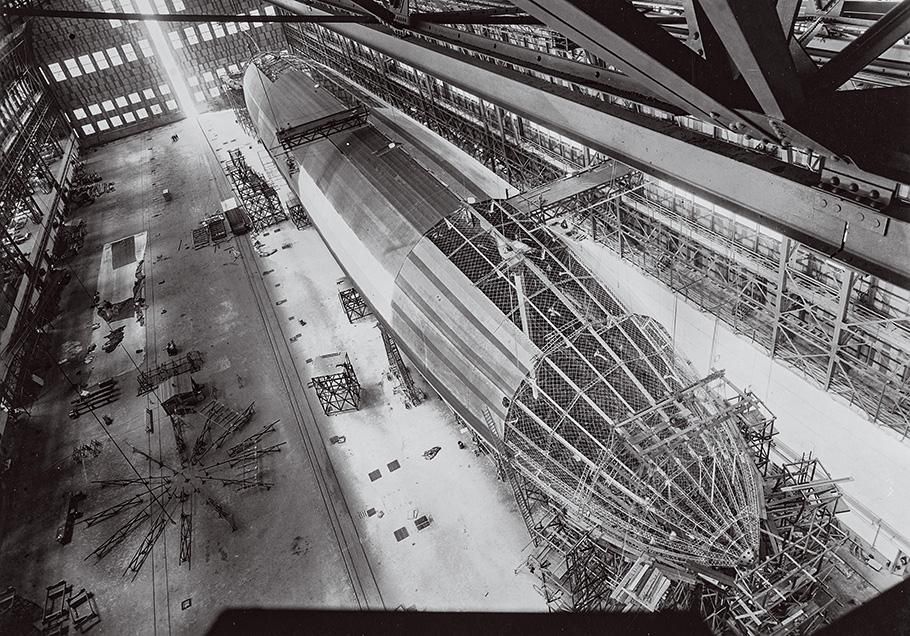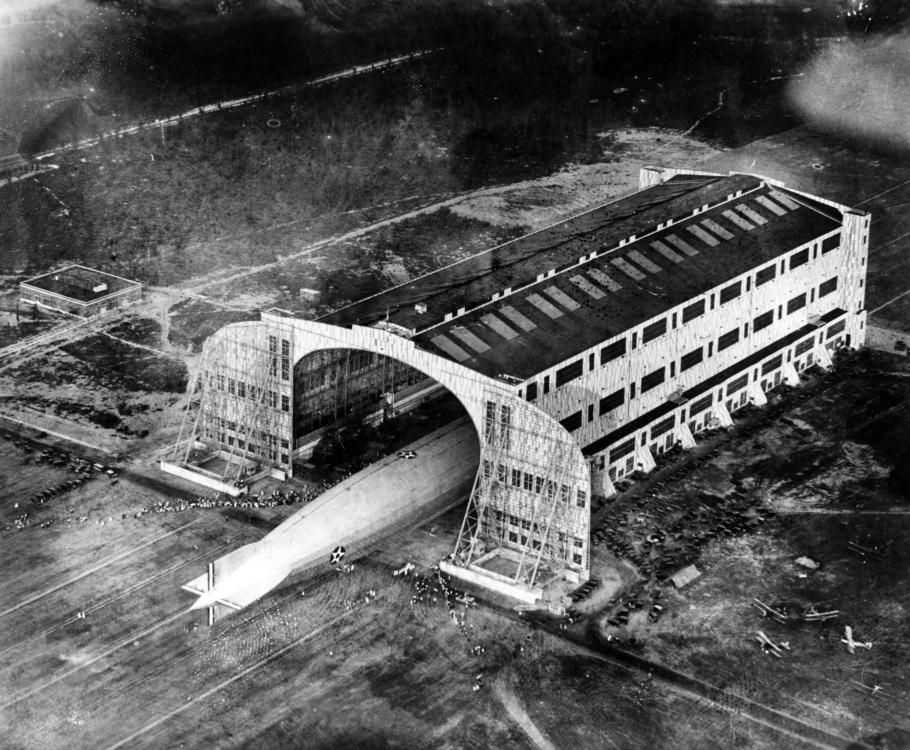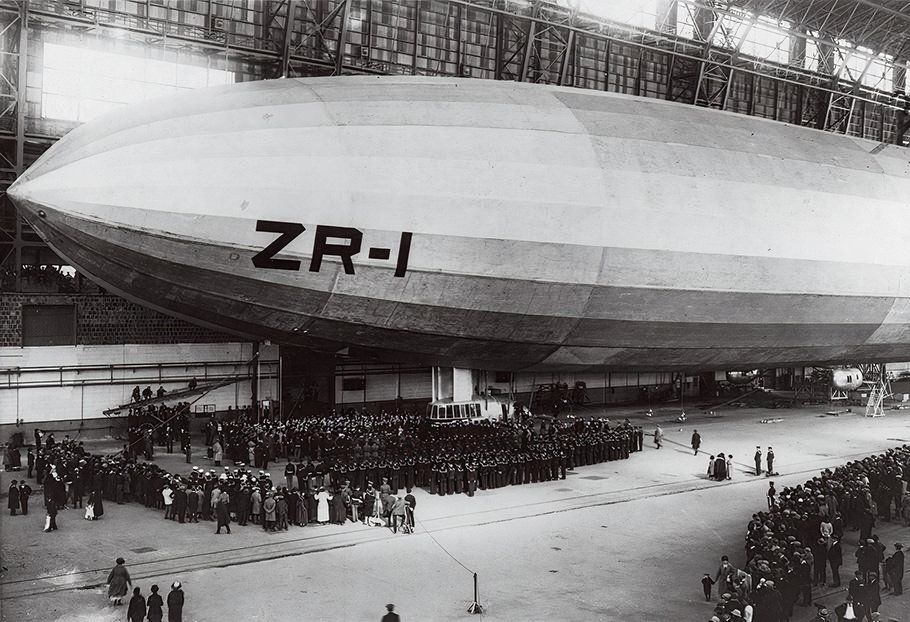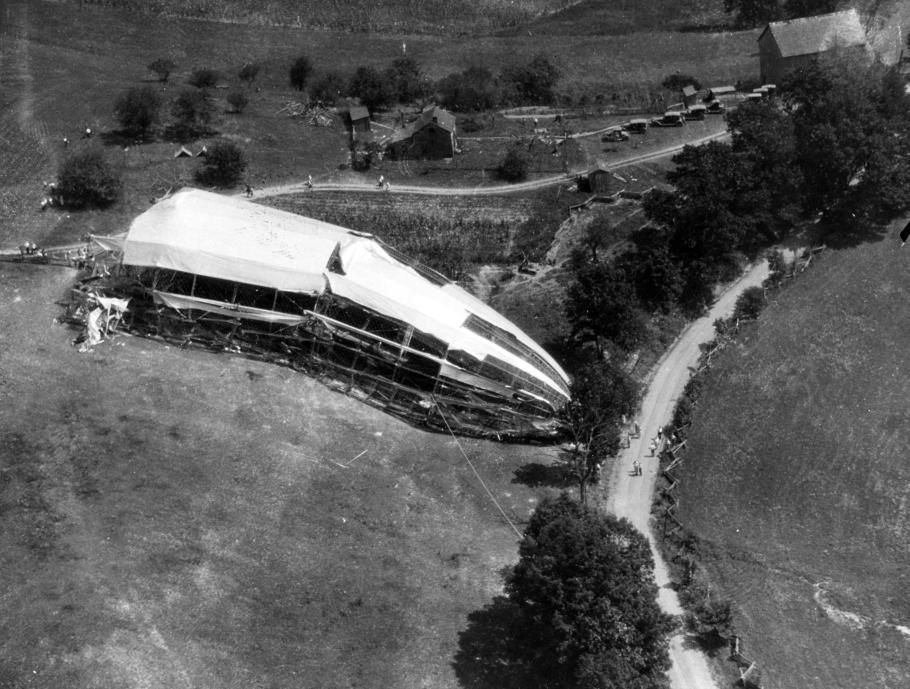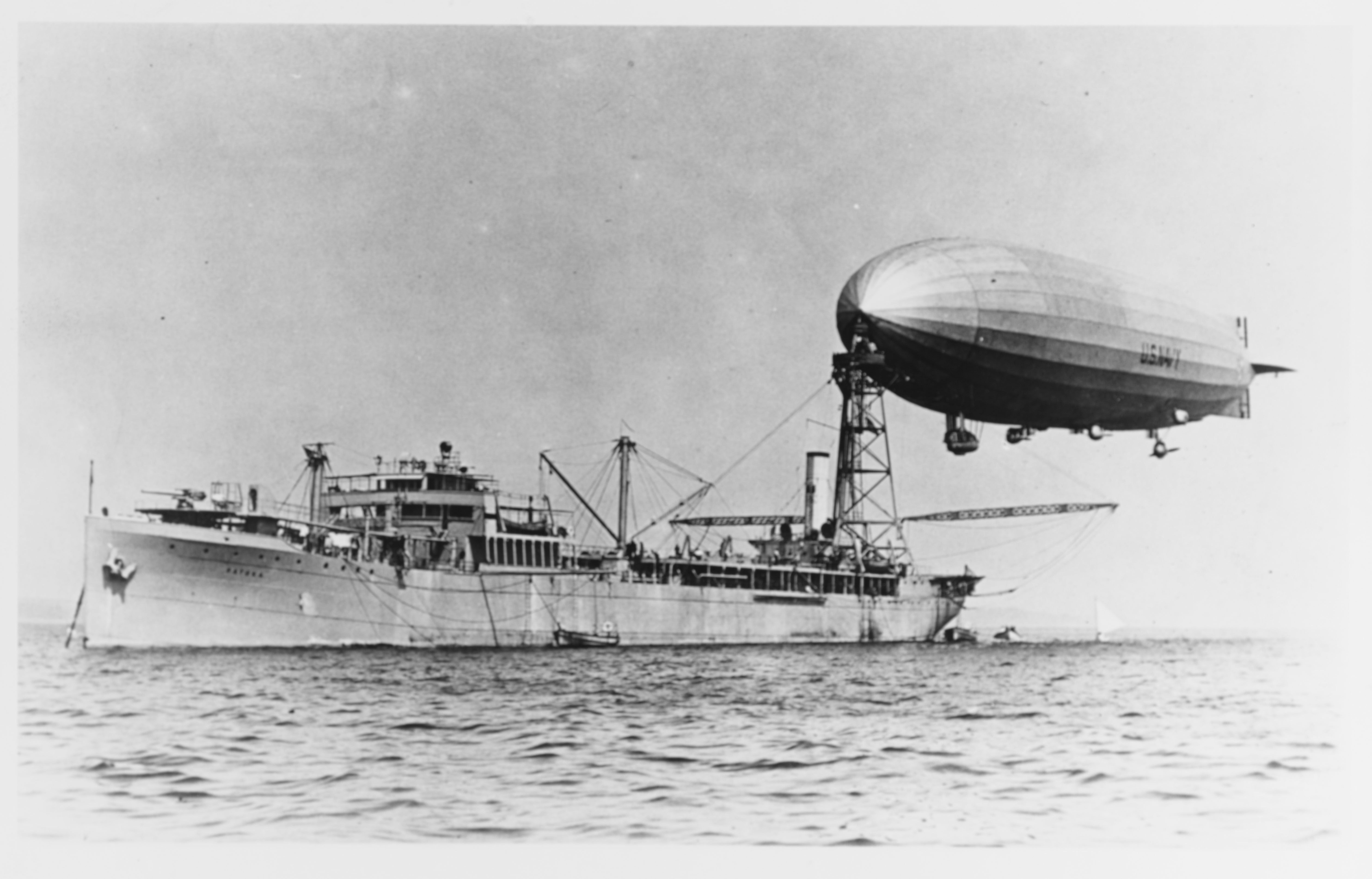Summary
- The USS Shenandoah was America’s first rigid airship, destroyed in 1925 in Ohio amidst a storm.
- She was the first airship inflated with helium at a time when airships were inflated with hydrogen.
- The US Navy operated four airships, including the USS Shenandoah, plus one tragically lost before service.
The USS Shenandoah was the first US-made rigid airship for the United States Navy. She was the first of four Navy airships but was destroyed only two years after being in service while flying through a squall. On her 57th flight, she was destroyed in Ohio in September 1925. While the USS Shenandoah has been mostly forgotten now, she was big news at the time. One hundred years later, the world is entering something of a back-to-the-future moment with many large cargo-carrying airships under development.
The US’s first airship
In 1783, the French became the first to achieve flight by floating above a crowd in Paris in a hot air balloon. Eighty years later, another Frenchman, Henri Giffard, worked out how to attach engines and propellers to balloons and, in 1852, achieved controlled flight. The Germans then pioneered the age of giant airships with their Zeppelins.
Photo: National Air and Space Museum
After WW1, the victorious Allies took German Zeppelins as war reparations and forced the Germans to build more airships for them. At the time, airships were seen as the aviation of the future and the US sought to learn how to build airships by itself.
The result was the USS Shenandoah. She was the first US-built airship constructed between 1922 and 1923 at Lakehurst Naval Air Station. She was based on the captured German Zeppelin bomber L-49 (built in 1917). The USS Shenandoah was also the first rigid airship to be inflated with helium instead of flammable hydrogen.
|
USS Shenandoah specs. |
|
|---|---|
|
Dead Weight: |
77,500 lbs |
|
Useful lift: |
53,600 lbs |
|
Length: |
680 feet |
|
Max. diameter: |
78 feet 9 inches |
|
Speed: |
60 knots |
|
Complement: |
25 |
|
Armament: |
6x .30 caliber Lewis machine guns, 8x 500-lb bombs |
Photo: National Air and Space Museum
As with all giant airships, one of the biggest challenges was storing the massive floating craft. The USS Shenandoah could only fit into one hanger (at Lakehurst). Even getting the airship in and out of the hangar was a complicated operation. The National Air and Space Museum says it took over 400 people just to drag it out of the hangar for its first launch.
She could also be moored by attaching her to a tall mast and letting it float in the air. However, this would expose her to the winds (winds damaged many airships at their moorings).

Related
History: Why Did The UK’s Plan To Unite Canada & Australia With Airships Fail?
The airship Imperial Airship Scheme would have connected the corners of the British Empire, but was met with disaster.
The brief history of the USS Shenandoah
The Shenandoah first flew in September 1923 and was officially christened on October 10, 1923, to a gathered crowd of hundreds. There were even plans to explore the Arctic with her. However, she was damaged during a storm in January 1924 when a gale tore her from her mooring mast at Lakehurst. While she survived and was repaired, the Arctic mission idea was abandoned.
|
Shenandoah timeline |
|
|---|---|
|
Built: |
1922-1923 |
|
First floated: |
20 August 1923 |
|
Christened: |
10 October 1923 |
|
Damaged: |
January 1924 |
|
Pan-American flight: |
October 1924 |
|
Lost: |
3 September 1925 |
In October 1924, after returning to service and participating in exercises, she flew from Lakehurst to California and back across the United States to Washington. The first half of 1925 was spent with almost six months of maintenance and ground test work, and she didn’t fly again until June 26.
Photo: National Air And Space Museum
She participated in more exercises in July and August. But on 3 September 1925, the USS Shenandoah encountered thunderstorms and turbulence over Ohio. The storm tore her apart, and she crashed near Marietta. 13 crew (including the Commanding Officer Zachary Lansdowne). The Naval History and Heritage Command states, “Twenty-nine survivors succeeded in riding three sections of the airship to earth.”

Related
Who Was The World’s First Aerial Stowaway & What Happened To Them?
Clarence Terhune from Missouri became aviation’s first stowaway as he snuck on the Graf Zeppelin on its return flight.
The Navy’s quest for airships
Shenandoah was built to carry out reconnaissance work for the Navy. A navy that can see farther than other navies enjoys massive advantages. But when she was built, there was little precedent on which the Navy could base training and operation. Eventually, she was used as a key component of training Navy personnel in the operation of the Navy’s other rigid airships.
Photo: National Air and Space Museum
The US Navy would go on to operate four (or five) airships. The other airships were the USS Los Angeles (ZR-3), the ZR-2), the USS Arkon (ZRS-4), and the USS Macon (ZRS-5). The USS Los Angeles was a German-built airship and was the only one not to crash catastrophically. She was commissioned in 1924, decommissioned in 1932, and scrapped in 1940.
|
US Navy airships |
|
|---|---|
|
USS Shenandoah |
1923-1925 |
|
USS Los Angeles |
1924-1932/40 |
|
ZR-2 |
(did not enter service) |
|
USS Arkon |
1931-1933 |
|
USS Macon |
1933-1935 |
The ZR-2 lacks a name as she crashed before being accepted into US Navy service (and so it is normally said that the Navy has had four airships). She was built by the British but crashed in Great Britain before being delivered, killing 44 (including 16 US Navy personnel).
Photo: National Air and Space Museum
The Akron class consisted of two Navy airships, giant flying aircraft carrier airships built in the early 1930s for scouting missions. Both airships could carry eight parasitic Curtiss F9C Sparrowhawk biplanes. Both airships crashed. The Akron claimed 73 killed, while two perished with the Macon.

